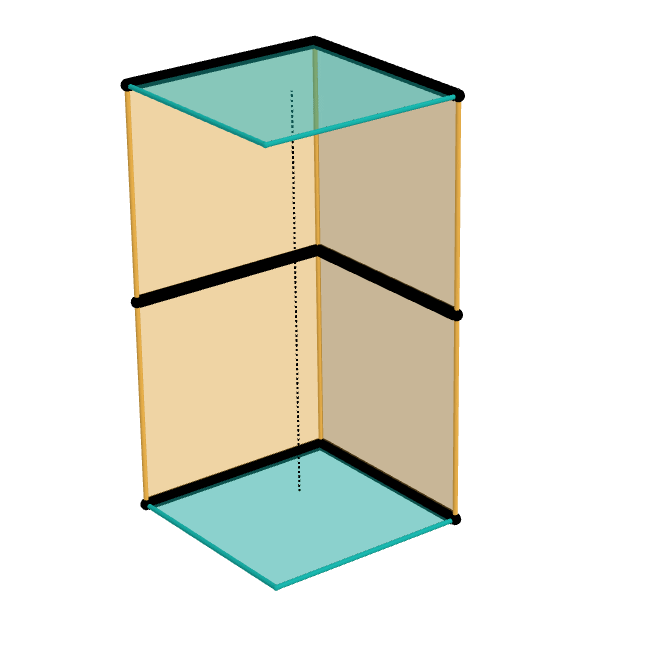Sarrus linkage on:
[Wikipedia]
[Google]
[Amazon]

 The Sarrus linkage, invented in 1853 by Pierre Frédéric Sarrus, is a
The Sarrus linkage, invented in 1853 by Pierre Frédéric Sarrus, is a pergatory.mit.edu
– Sarrus' mechanism
File:Sarrus linkage alternate configuration.gif, Alternative Sarrus linkage
File:Sarrus linkage with three sides.gif, 3-sided linkage
File:Sarrus linkage with four sides.gif, 4-sided linkage
File:Sarrus linkage with six sides.gif, 6-sided linkage
robotics.eecs.berkeley.edu
– Sarrus linkage
A Makerbot Printable Sarrus–Linkage
a design for RepRap Linkages (mechanical) Linear motion {{technology-stub Straight line mechanisms

 The Sarrus linkage, invented in 1853 by Pierre Frédéric Sarrus, is a
The Sarrus linkage, invented in 1853 by Pierre Frédéric Sarrus, is a mechanical linkage
A mechanical linkage is an assembly of systems connected to manage forces and movement. The movement of a body, or link, is studied using geometry so the link is considered to be rigid. The connections between links are modeled as providing i ...
to convert a limited circular motion to a linear motion or vice versa without reference guideways. It is a spatial six-bar linkage (6R) with two groups of three parallel adjacent joint-axes.
Although Charles-Nicolas Peaucellier
Charles-Nicolas Peaucellier (16 June 1832 – 4 October 1919) was a French engineer who graduated from the ''École polytechnique''. He made a career in the French army and was promoted to ''général de division'' in 1888.
He is best known ...
was widely recognized for being the first to invent such a straight-line mechanism, the Sarrus linkage had been invented earlier; however, it was largely unnoticed for a time.– Sarrus' mechanism
Description
The Sarrus linkage consists of four links in two identical groups that are perpendicular to each other, with all links having equal lengths. In the examples shown, the linkage uses two horizontal plates (cyan) positioned parallel to each other, one above the other. Pairs of bars or plates (yellow) with hinges at the middle connect the horizontal plates. The upper plate moves vertically up and down, towards and away from the lower plate. Each hinge constrains the attached bars or plates to remain in the same plane as the hinge, and also to remain in the same axial translation. The Sarrus linkage is of a three-dimensional class sometimes known as aspace crank
Space is the boundless three-dimensional extent in which objects and events have relative position and direction. In classical physics, physical space is often conceived in three linear dimensions, although modern physicists usually consider ...
, unlike the Peaucellier–Lipkin linkage which is a planar mechanism. One of its main advantages is that it can be used to lift the structure connecting the upper links, allowing an impressive range of movements. According to mobility analysis, the Degree of Freedom 2-sided Sarrus linkage is 0. However, due to overconstrain, the upper platform can move up and down.
Gallery
See also
* Peaucellier–Lipkin Linkage, the first planar linkage to produce perfect straight line motion. *Straight line mechanism
A straight-line mechanism is a mechanism that converts any type of rotary or angular motion to perfect or near-perfect straight-line motion, or ''vice-versa''. Straight-line motion is linear motion of definite length or "stroke", every forw ...
References
External links
robotics.eecs.berkeley.edu
– Sarrus linkage
A Makerbot Printable Sarrus–Linkage
a design for RepRap Linkages (mechanical) Linear motion {{technology-stub Straight line mechanisms